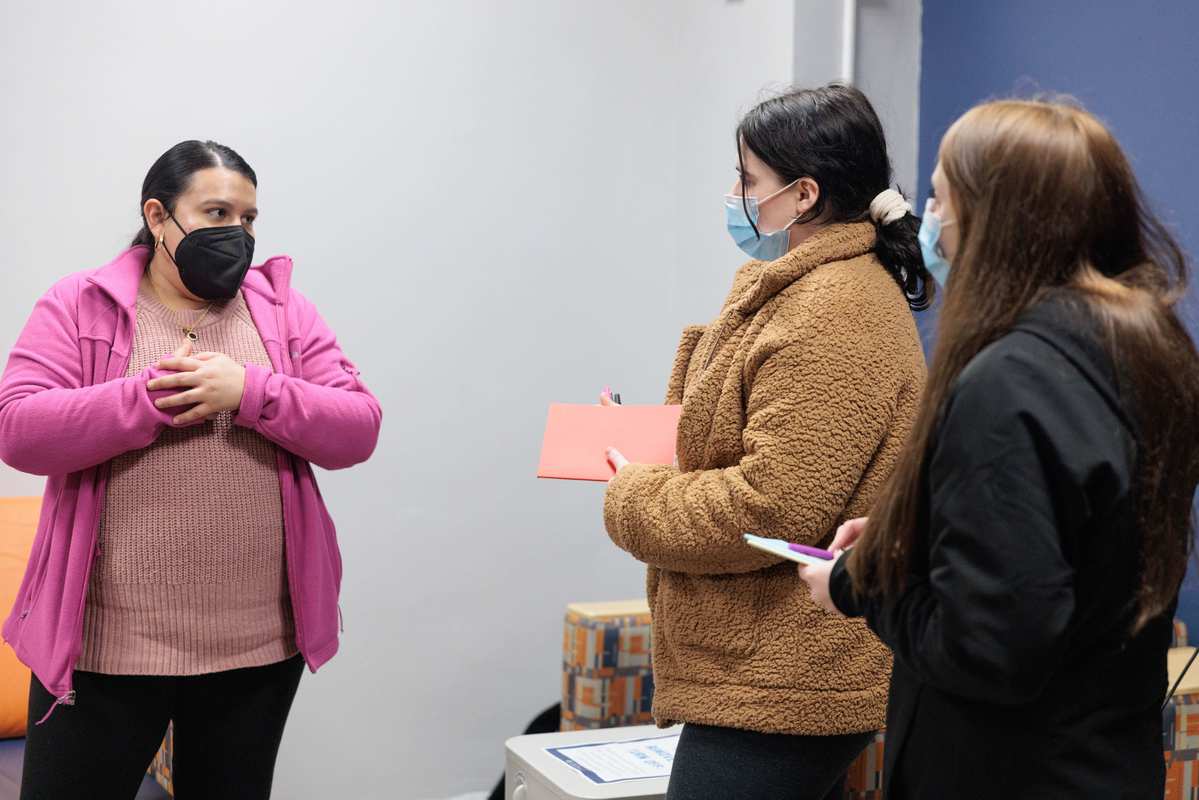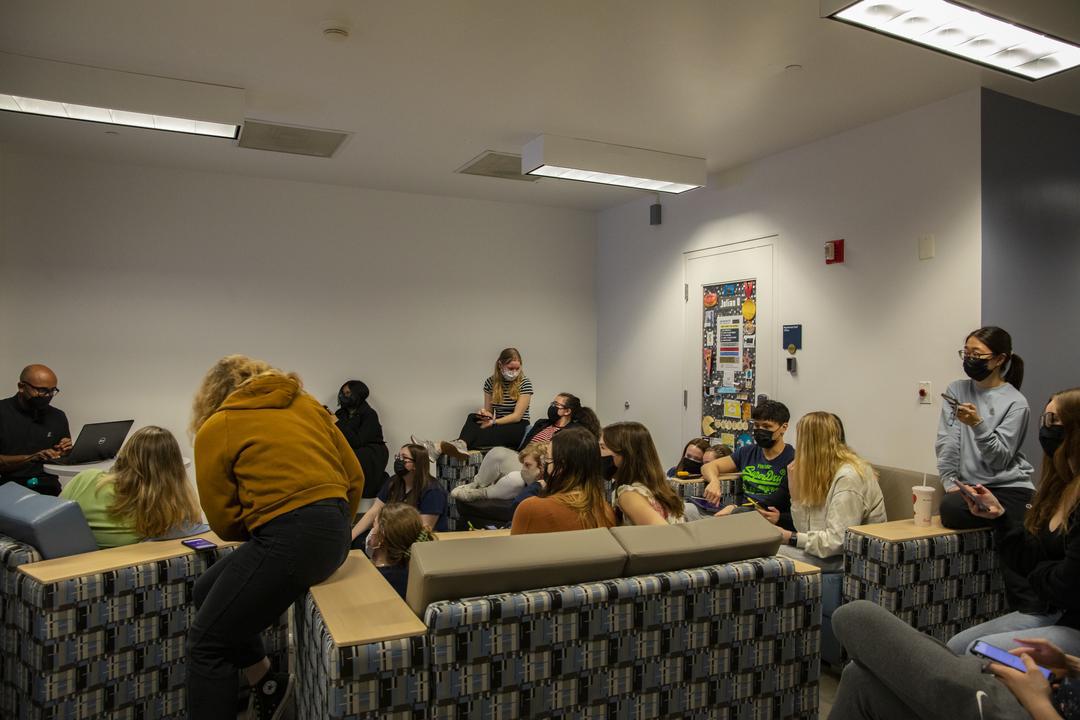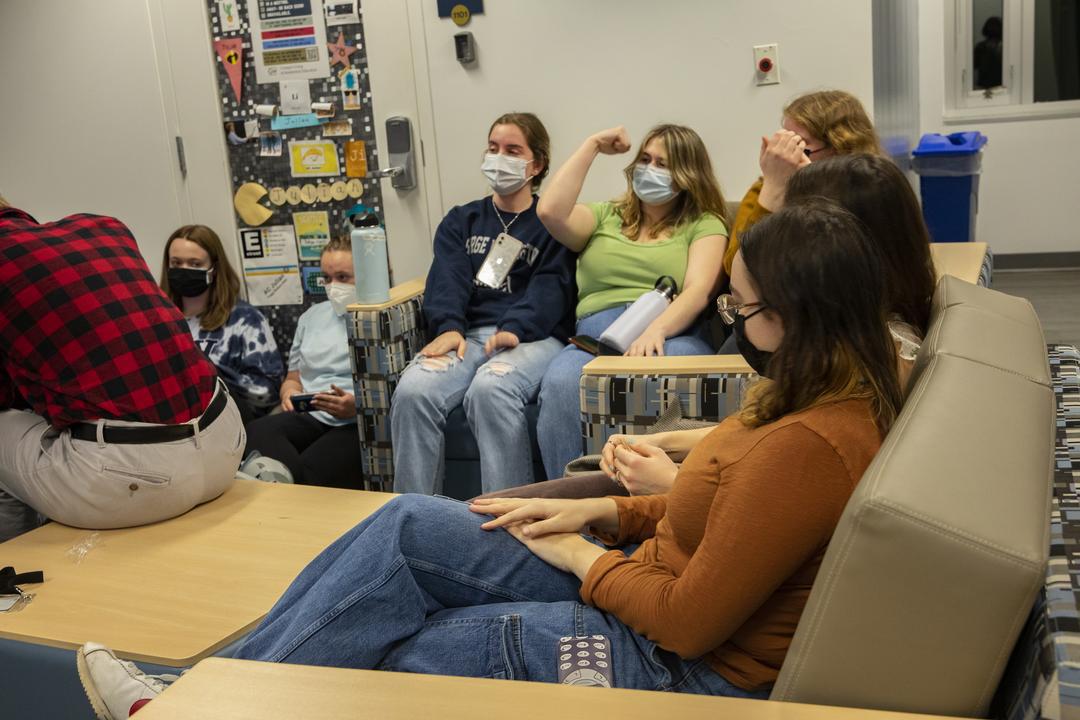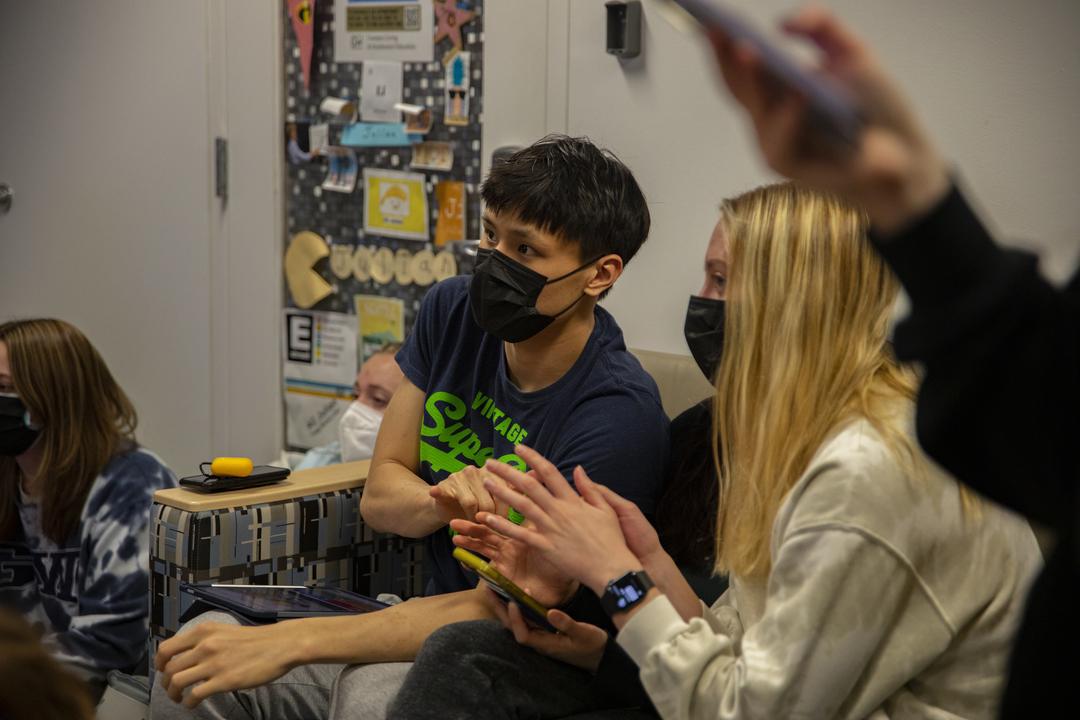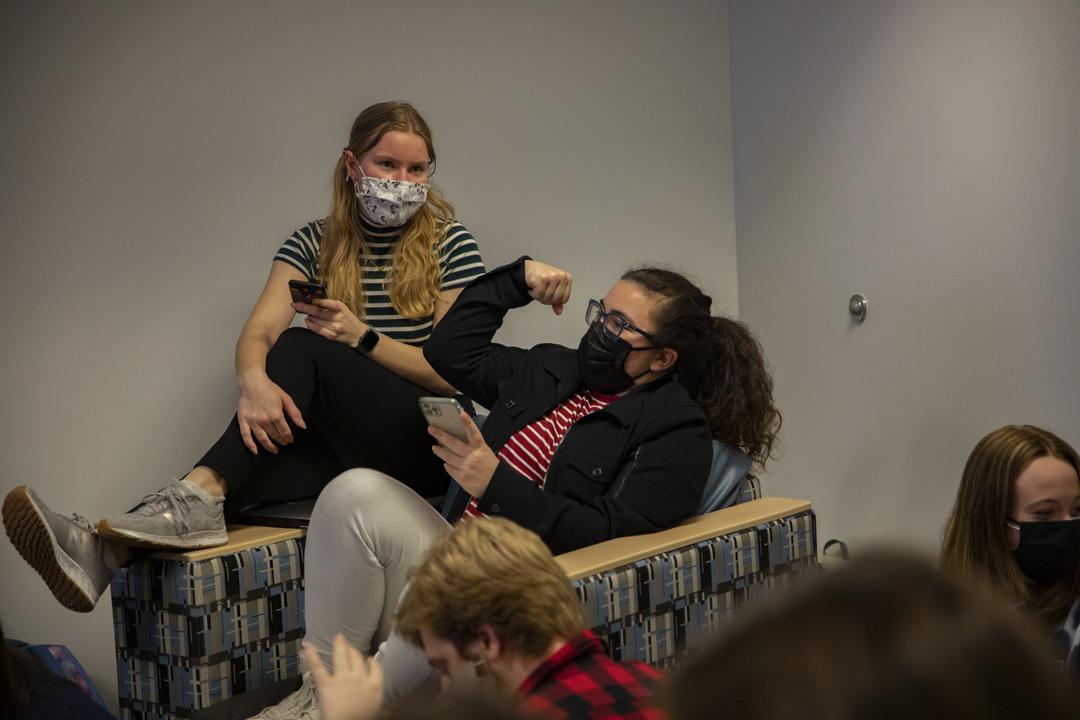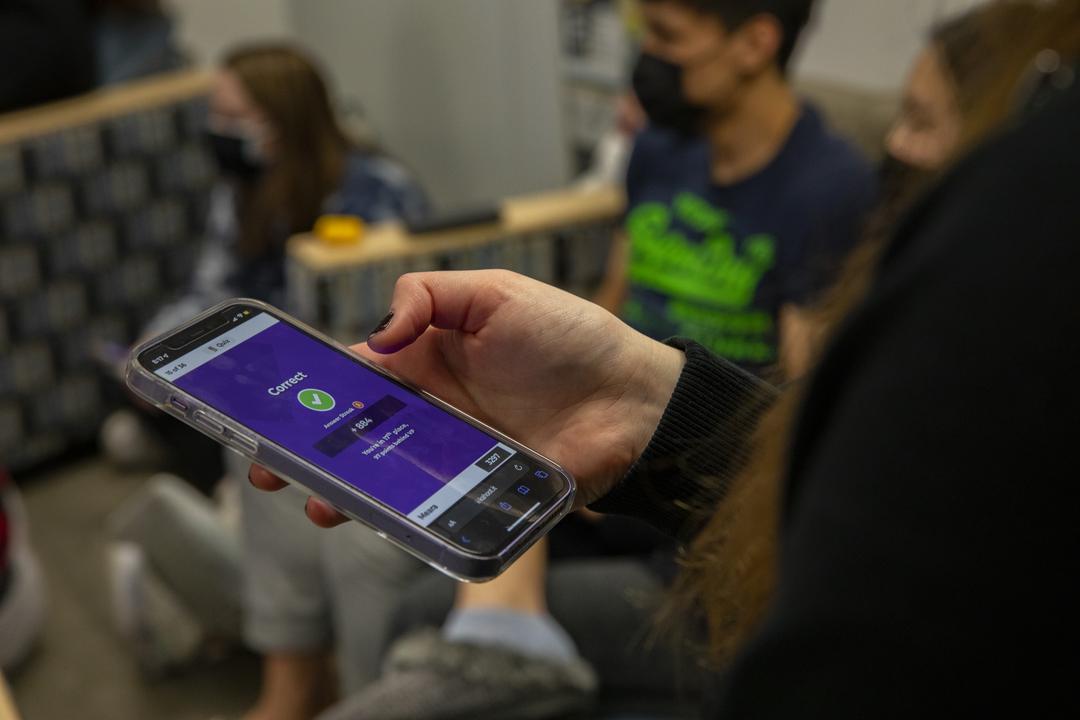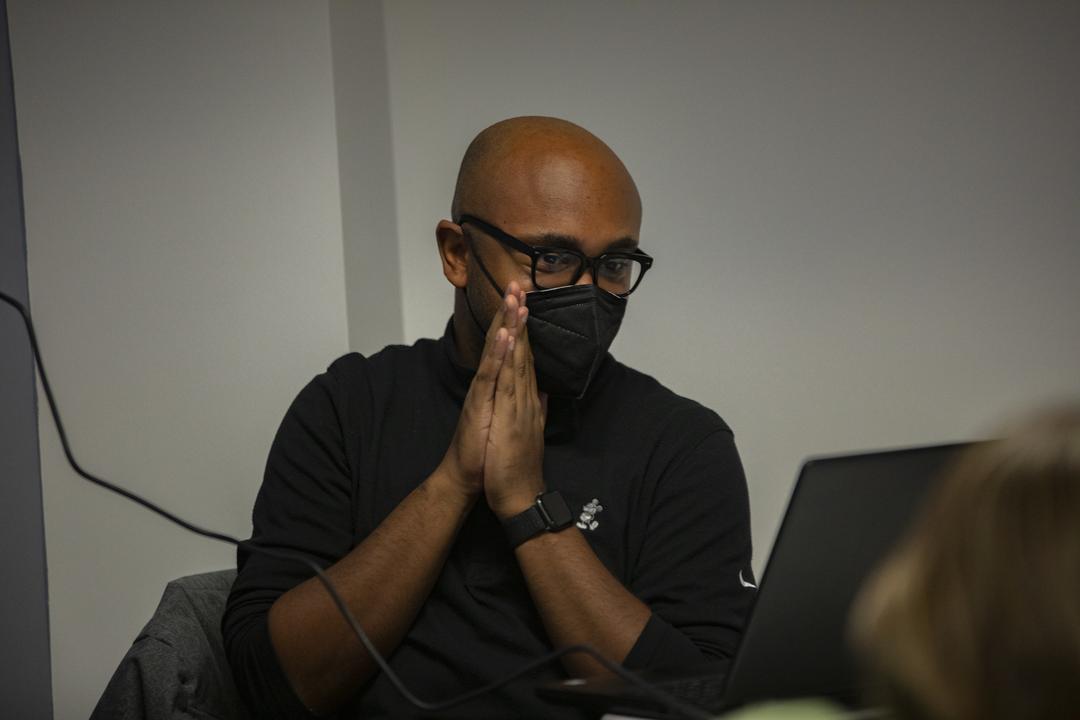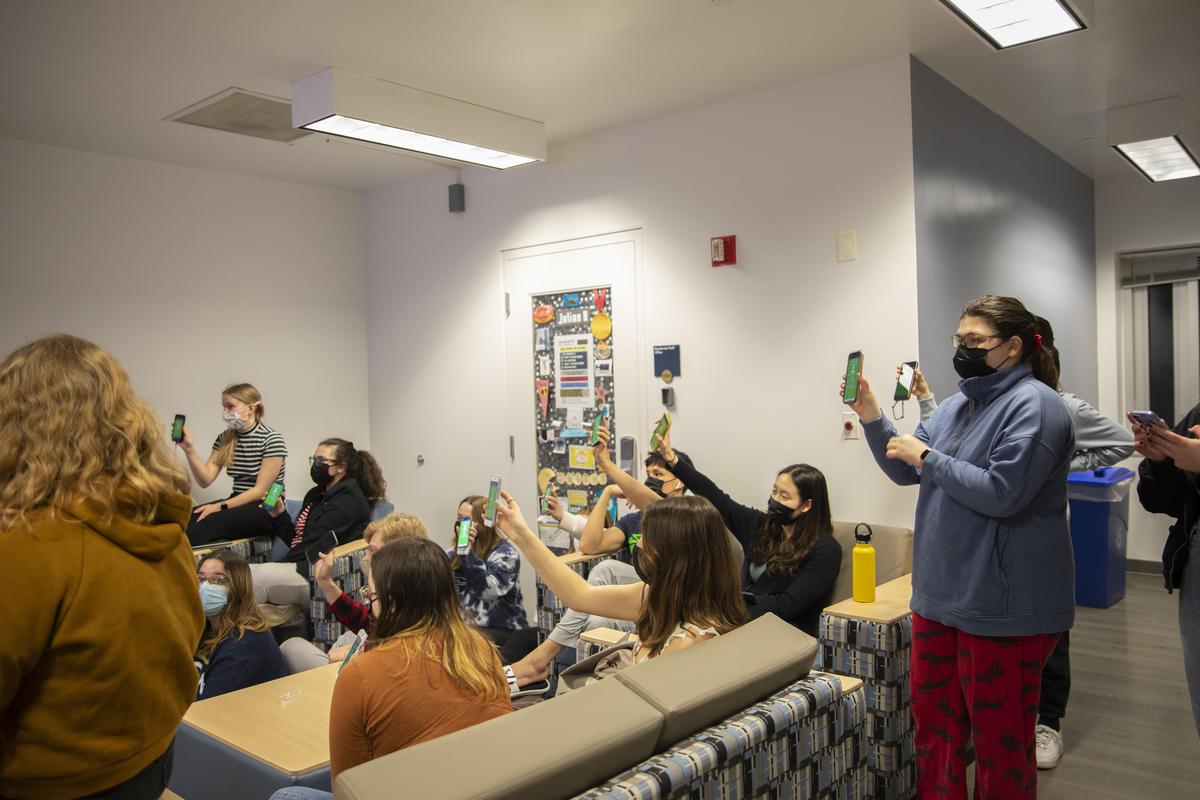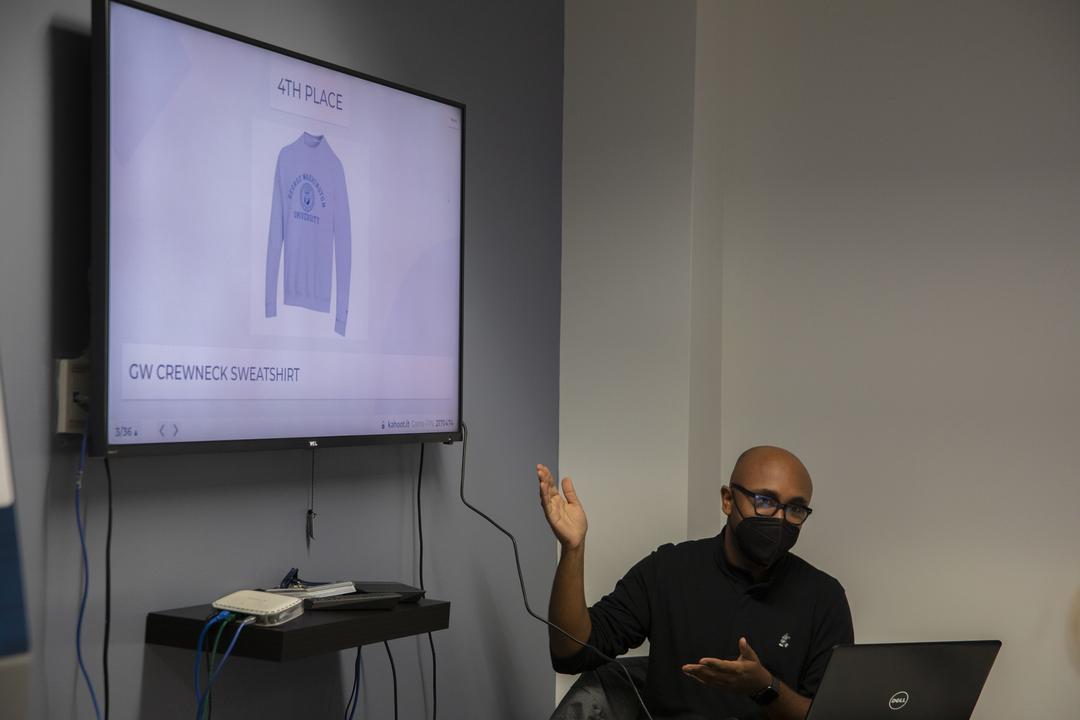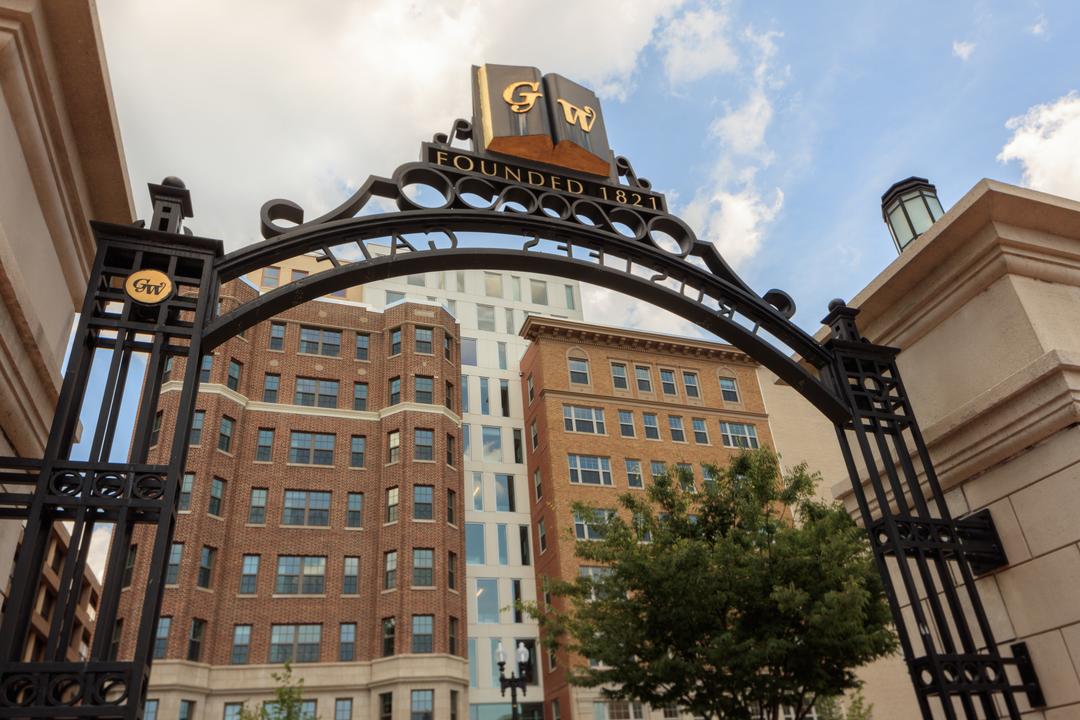By Nick Erickson
Madison Ochoco referenced George Washington University in her graduate school dissertation last spring, suggesting a tweak in the general student residence advisor (RA) model seen at most institutions. Arguing that too much was being asked of those students, she pointed to the newly announced professional staffing model at GW, the only place she could find that was directly addressing this concern with a concrete solution.
Ochoco was part of that solution months later when GW hired her to be one of its 25 inaugural community coordinators, the title given to its full-time, live-in staff professionals tasked with providing enhanced service and care to the on-campus student population and taking the place of student RAs at the start of the academic year last August.
“This switch away from students having to do adult roles that they might not be prepared for is better for them in terms of focusing on their academics and their college careers,” Ochoco said. “I wanted to be here because we're not like any other university. We’re the first to really change that environment.”
Even before the pandemic hit, the Division for Student Affairs (DSA) was worried that the student part of student RA was becoming secondary. University officials noted how trends such as social media and technology, compliance and societal expectations changed both the residential experience and RA role. Not only did these challenges put pressures on RAs and make them seemingly always on-duty, but it also put them in ethical binds with peers on issues such as Title IX infractions or well-being concerns.
The community coordinators model, believed to be the first of its kind, was built to lessen the burden for those student employees while simultaneously giving student residents a go-to resource both trained in handling crisis situations and navigating university life.
Community coordinators are spread out among 27 residence halls. The Campus Living and Residential Education unit of DSA introduced a five-neighborhood concept grouped by proximity to residence halls. Each neighborhood always has one professional staff member on call. This approach has created more situations where professional staff members are able to solve issues at the point of contact.
“I am proud of this innovative initiative that improves the quality of student life within the residential neighborhoods,” said Vice President for Student Affairs and Dean of Students M.L. “Cissy” Petty. “It remains a bold move away from a tradition-ridden undergraduate resident assistant program. As I often share with my team, the community coordinator program is a grand experiment. We are in the early stages of development, and we will assess program impact regularly.”
Residence Hall Association President Liam Searcy, a senior double majoring in biology and psychology, said students have generally taken to the program well and have been receptive to their community coordinators.
“It has integrated professional staff that students are close in age with but who also understand university life and the next steps after it,” Searcy said. “I think it breaks down a lot of the walls that we’ve seen between students and administrators.”
Community coordinators are connecting with students in their residence halls in a multitude of ways. In any given week, a student living in the residence halls can participate in a variety of activities offered in either their specific hall or in a nearby hall as part of the neighborhood cohort programming. But the subtle hallway interactions can be just as meaningful. Community coordinators have personalized their approaches as some students are more extroverted and enjoy group gatherings while some connect better with one-on-one conversations in informal settings.
Activities are catered to encompass all types of personalities. Community coordinator Susana Elizalde, for instance, hosts in the Fulbright Hall basement a wellness session with quiet journaling time where students can come and go as they please. Brian Warm, a community coordinator at 2109 F St. and Guthridge Halls, has organized lively dance fitness workshops to illustrate breaking through motivational barriers.
“We've tried to use some additional ways to make us more human through our programming efforts and also just us being visible in the building,” said Ashleigh Mitchell, who is the community coordinator at Amsterdam Hall.
Searcy said students also appreciate the balance community coordinators seem to strike between finding connectedness and allowing for independence, especially given GW’s immediate proximity to some of the country’s most opportunistic places.
“They are actively seeking the opportunity to get to know about their students, which is something I really appreciate, but they also understand that students need their space,” Searcy said.
That’s not to say community coordinators don’t intervene when necessary, and their structure and schedule allows them to remain fresh. They split call among each other and are on 24-hour duty one week out of five to seven weeks, according to Warm.
Ochoco said they are adequately able to live their personal lives and appreciate the care assistant directors and other university officials provide. Because of that, community coordinators feel even more equipped and prepared to handle such instances as roommate disagreements or late-night parent interactions that became extra challenging for student RAs, who have since had the opportunity to gain employment in nine new categories of student positions. About 200 students have assumed hourly jobs assisting the residential operation.
The community coordinators recognize and embrace their role of helping students navigate living on their own for the first time, especially as they chase professional ambitions. Ochoco believes it is just as important to recognize small accomplishments such as cooking a meal on their own for the first time as it is test grades and landed internships. While still in its pilot school year, the professional residential staffing model is celebrating early progress in tackling residence life challenges and, so far, proving Ochoco’s dissertation true.


